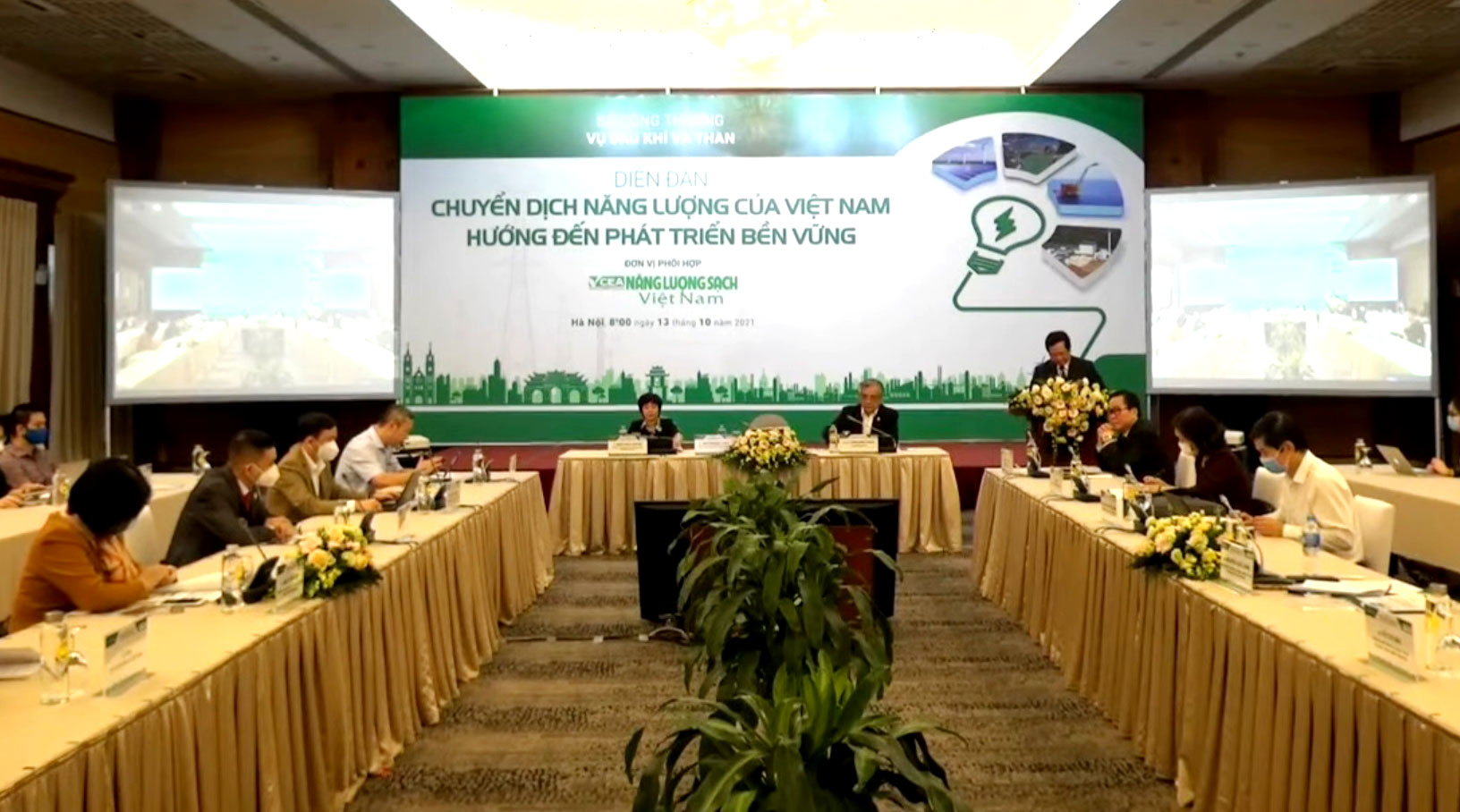
The forum of Vietnam's energy transition towards sustainable development attracted a great deal of attention and participation of experts in the energy area
According to Mr. Ha Dang Son - Director of the Center for Energy and Green Growth Research, it is advisable to have a first look at energy transition from the energy security perspective. The transition needs to be considered in four areas: availability of energy sources; accessibility to energy sources in different regions; affordability of energy sources and finally the public acceptance of energy sources of local people, etc.
At present, the world’s trend is to increase the proportion of renewable energy, in which wind power, solar power, and hydrogen gas will be the energy sources in the future. However, like it or not, coal power will maintain its role as a baseload energy source, thus the world will not be able to completely eliminate coal power overnight. "In Vietnam, the energy transition from using primary energies (coal, oil) to cleaner energies requires a roadmap, a study on how the transition should be and the proportions of energy sources in each period. There should be cautious and thorough consideration on the basis of scientific researches"- Mr. Ha Dang Son emphasized.
Supporting this view, Prof. Pham Hoang Luong - Director of Vietnam - Japan International Institute of Science and Technology stated that Vietnam's power system largely differs from the world and the goal should be to secure sufficient power supply to meet power demand. Therefore, coal power keeps being a significant form of energy. Of course, in the future, wind power, solar power, hydrogen will play a dominant role.
According to Mr. Pham Hoang Luong, the world tends to gradually shift from coal power to gas power and renewable energy such as the US, China, Europe, etc., but we should study when Vietnam can keep pace with this trend. Thermal power plants in the US have been operating for 40 years, fully depreciable and convertible; in China, India or Vietnam, thermal power plants have been operating for 10 - 15 years, therefore analysis should be done on how the transition can ensure harmony between economic benefits and electricity supply for socio-economic development, etc. In addition, if you want to do energy transition, the development of renewable energy and energy storage technologies is a must.
According to Ms. Vu Chi Mai from the German development agency GIZ, the energy transition does not have to eliminate what is available, but gradually transit from a state of exhausted primary energy to cleaner energy with a larger proportion to sufficiently meet electricity demand and climate change requirements. To encourage clean energy, instead of introducing a preferential FIT scheme from the South to the North, it is advisable to implement FIT by regions, provinces, and installed capacity. As for regions where energy can be used efficiently, power transmission can be reduced and local people’s income can be improved thereby, there should be a mechanism to encourage the development of on-site clean energy, etc.